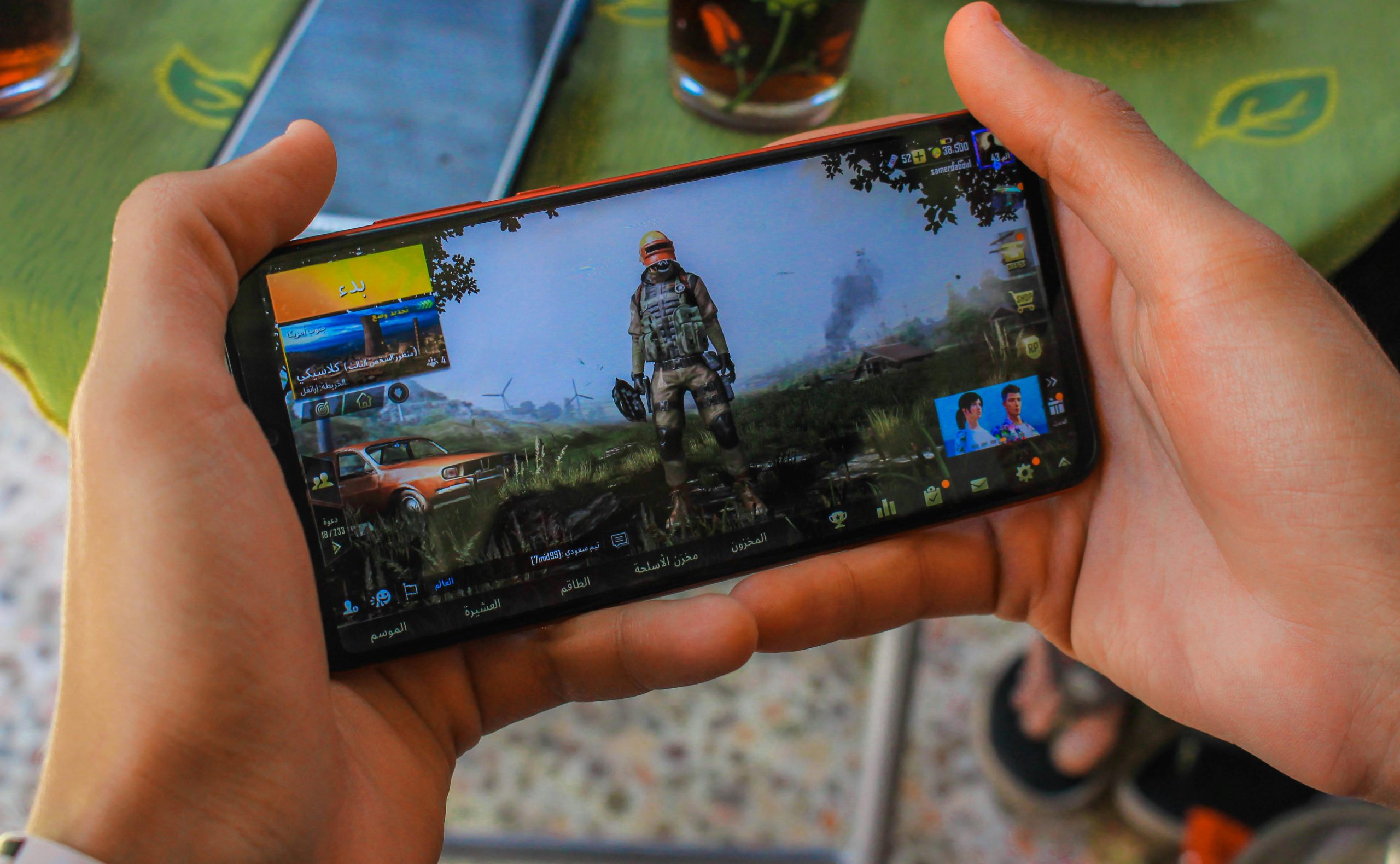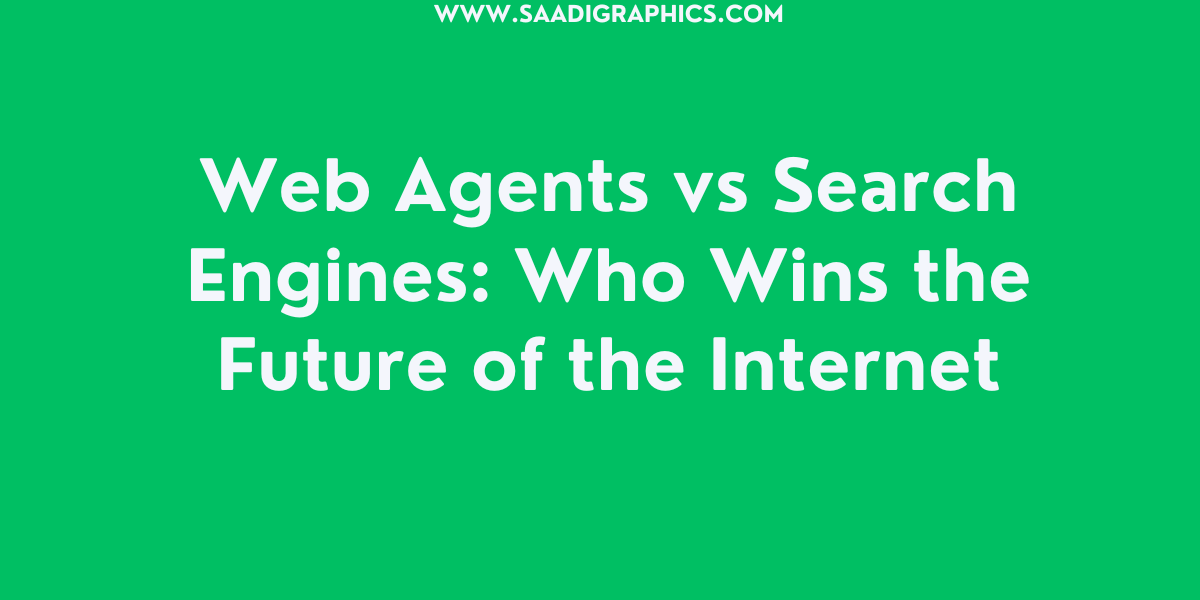The gaming world is experiencing a quiet revolution, and it’s happening right in our pockets. Cloud gaming has emerged as a transformative force, especially on mobile devices, reshaping how we play and access games. With the global gaming market valued at $277.05 billion this year and projected to grow, the shift toward cloud-based solutions is undeniable. Based on insights of how technology transforms, this blog delves into the significant influence of cloud gaming for mobile devices in 2025 and provides visions for its advantages, challenges, and potential future for gamers and developers alike.

The Emergence of Cloud Gaming on Mobile
Cloud gaming enables users to stream games directly from distant servers to their devices without the use of expensive equipment. On mobile, this translates into converting a smartphone into a gateway for AAA games such as Cyberpunk 2077 or Elden Ring, courtesy of offerings like Xbox Cloud Gaming and NVIDIA GeForce NOW. In 2025, the deployment of 5G networks and upgraded infrastructure has turbocharged this accessibility, with more than 455 million subscribers across the globe adopting cloud gaming. This transformation has a greatest effect on mobiles, where the hardware constraints of earlier limited gaming quality, now providing a disturbance-free experience just with a constant internet connection.
Key Impacts of Cloud Gaming
Increased Accessibility
Perhaps the greatest impact of cloud gaming on smartphones is its democratization of gaming. Gamers no longer require pricey consoles or desktop PCs to play high-definition games. I recently used my mid-tier phone to play Assassin’s Creed Valhalla on a commute, something that would not be possible without cloud gaming. The accessibility thus broadened the player base, particularly in areas where 5G adoption is on the rise, turning gaming into an activity for the masses.
Better Performance and Graphics
In cloud gaming, the heavy work is done on high-powered servers, streaming video to mobiles in real-time. The 2025 tech developments in edge computing and 5G have cut latency to local levels, making 4K streaming possible on devices such as the newest iPhones or Androids. What this implies is that mobile gamers can enjoy the same level of graphical detail as console gamers, a leap that’s rewriting expectations for cloud game performance.
Cross-Device Flexibility
Cloud gaming’s capability to save progress across multiple devices is revolutionary. Begin on a phone, cut over to a tablet, and complete on a smart TV without losing your position—thanks to cloud saves. Such flexibility, boosted by 2025’s cross-platform patching, is well-suited to the lifestyle of being on the move, with offerings such as PlayStation Plus Premium at the forefront.
Economic and Market Shifts
The emergence of gaming shook conventional gaming economics. Subscription-based services like Amazon Luna provide access to massive libraries for a subscription fee, making one-time purchase less necessary. The change, seen in market reports that are estimating a $10.46 billion market by the end of the year, is changing the way developers monetize and consumers spend, with the smartphone segment growing at the fastest pace.
Challenges to Overcome
Internet Dependency
Though promising, cloud gaming for mobile devices depends largely on the internet’s stability. As of 2025, rural areas remain problematic for connectivity, resulting in lag or lost sessions. A friend witnessed this firsthand during a trip to rural areas, highlighting the urgency for wider infrastructure development to accommodate gaming across the board.
Data and Battery Concerns
Streaming quality games uses high levels of data and battery. Mobile plans being wildly different, players might receive surprise bills, and extensive use can drain devices. The 2025 release of power-saving streaming protocols will help offset this, but it is still an obstacle to mainstream adoption.
Latency and Competition
Even with 5G, fast-moving games such as Call of Duty: Mobile can be impacted by latency. And then there is competition among cloud gaming companies—Google Stadia’s shift, the hegemony of Xbox—so uncertainty. The cost-quality balance will be crucial for providers to keep mobile players in 2025.
The Future of Cloud Gaming on Mobile
In the future, cloud gaming will continue to extend its influence. The projected 493 million users by 2027, fueled by mobile expansion, portend a world where cloud gaming is common. Advancements such as AI-optimized streaming and edge server builds will also enrich mobile experiences. For developers, this is an opportunity to deliver content to worldwide audiences without hardware limitations, while gamers enjoy changing titles optimized for mobile displays.

Practical Advice for Cloud Gaming
Optimize Your Connection
Connect with a 5G network or a good Wi-Fi connection to reduce lag. Use speed-test websites like Fast.com to ensure that your internet speed is sufficient for cloud gaming.
Choose the Right Plan
Pick a mobile data plan with large data caps or a gaming subscription with data allowances, weighing cost and usage.
Experiment with Titles
Test a range of games, from Genshin Impact to Fortnite, to find out how cloud gaming works on your device. Begin with less graphics-intensive games to ease in.
Stay Informed
Monitor developments from providers such as NVIDIA or Microsoft, with 2025 introducing new features and game libraries to further push cloud gaming on mobiles.
Conclusion
The effect of cloud gaming on the mobile phone in 2025 is revolutionary, with levels of access, performance, and flexibility unseen before. Although internet reliance remains an issue, continuous innovation assures a rosy future. With the changing times, the best time to get started is now—pick up your phone, try out a cloud gaming platform, and taste the future of gaming.




